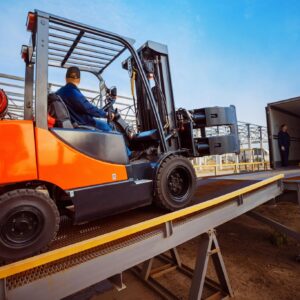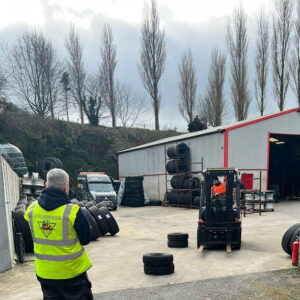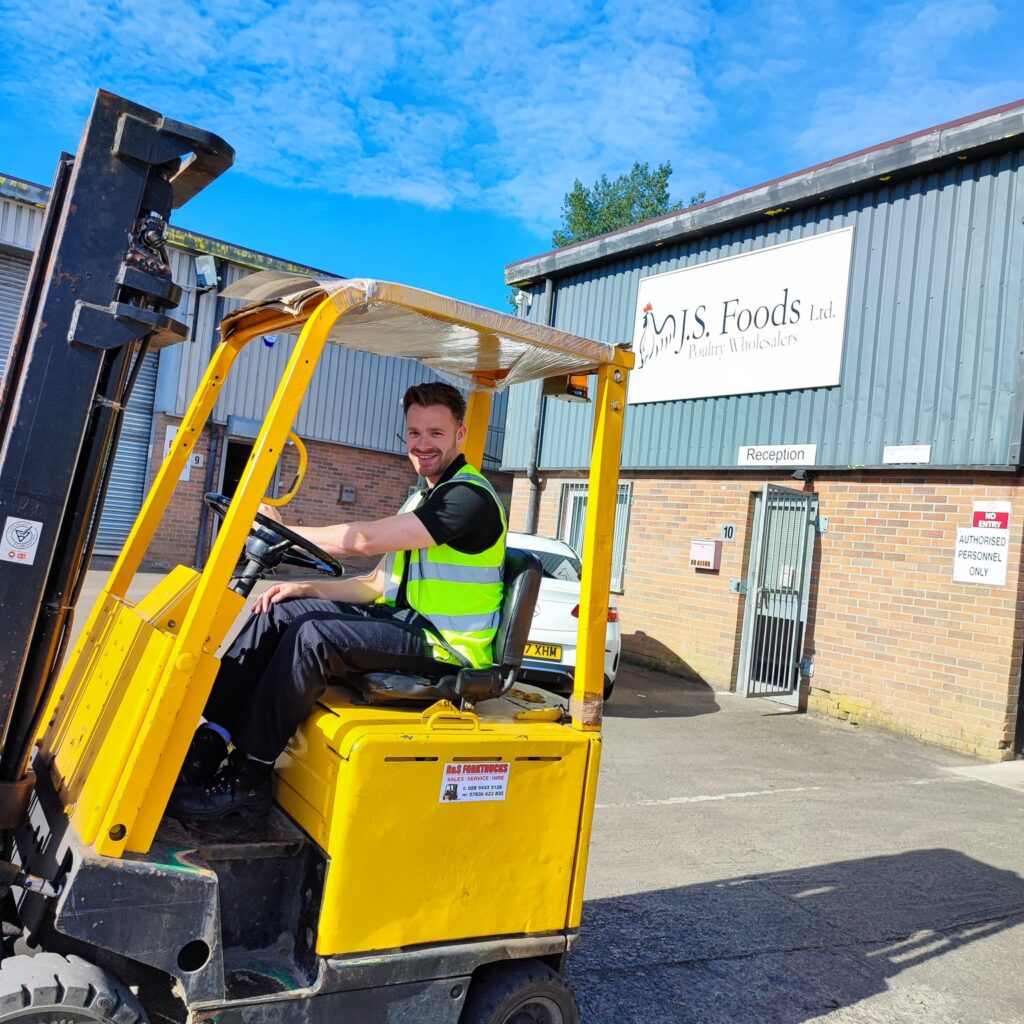
Forklifts are an essential part of many industries, from manufacturing to construction. These machines make it possible to move heavy loads with ease, but they also present significant hazards that require proper training and certification. Whether you’re a new forklift operator or an experienced one, it’s essential to stay up-to-date with the latest training and certification requirements to ensure safe and efficient operations.
Types of Forklifts
There are several types of forklifts, each designed for specific tasks and environments. Some of the most common types include:
Counterbalance Forklifts: These forklifts are the most common type and are designed for lifting and moving loads on flat surfaces.
Reach Forklifts: These forklifts are designed for use in narrow aisles and can lift loads to greater heights than counterbalance forklifts.
Order Picker Forklifts: These forklifts are designed for use in warehouses and are used to pick and place items onto high shelves.
Pallet Jacks: These forklifts are used to move pallets around a warehouse or factory floor.
Certification Requirements
To operate a forklift, you must be properly certified. Certification requirements vary depending on the type of forklift and your location. Generally, you’ll need to complete a training program that covers topics such as safety, operation, and maintenance. You may also need to complete a written and practical exam to demonstrate your knowledge and skills.
Improving Your Skills
Even if you’re an experienced forklift operator, there are always ways to improve your skills. One way to do this is to participate in refresher training programs. These programs are designed to help you brush up on your skills and learn new techniques that can improve your efficiency and safety.
Another way to improve your skills is to practice regularly. This can include practising in different environments, such as on slopes or in tight spaces. You can also practice different types of loads to improve your handling skills.
In conclusion, operating a forklift requires proper training and certification. There are several types of forklifts, each designed for specific tasks and environments. To improve your skills, consider participating in refresher training programs and practising regularly. By doing so, you’ll be able to operate a forklift safely and efficiently, ensuring a productive and safe work environment.







